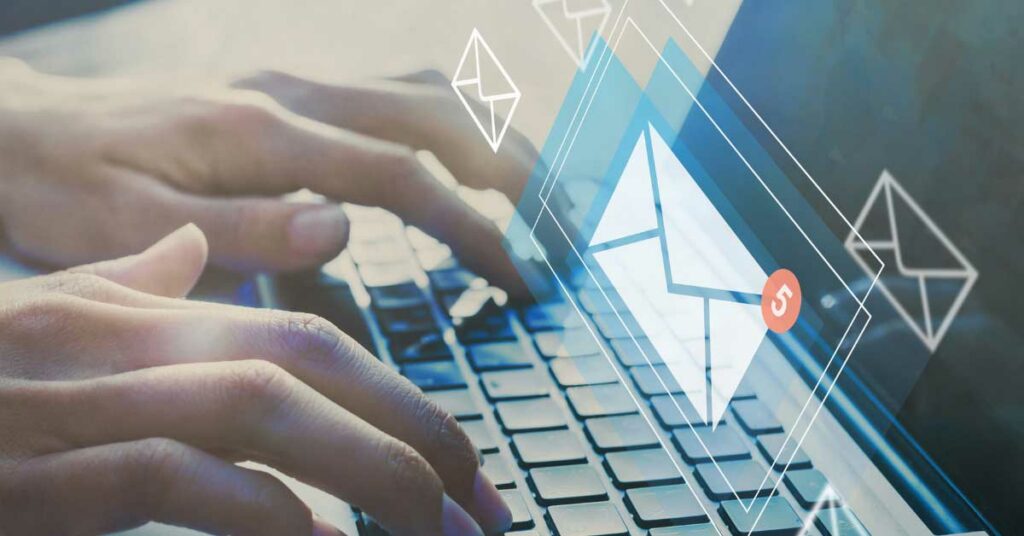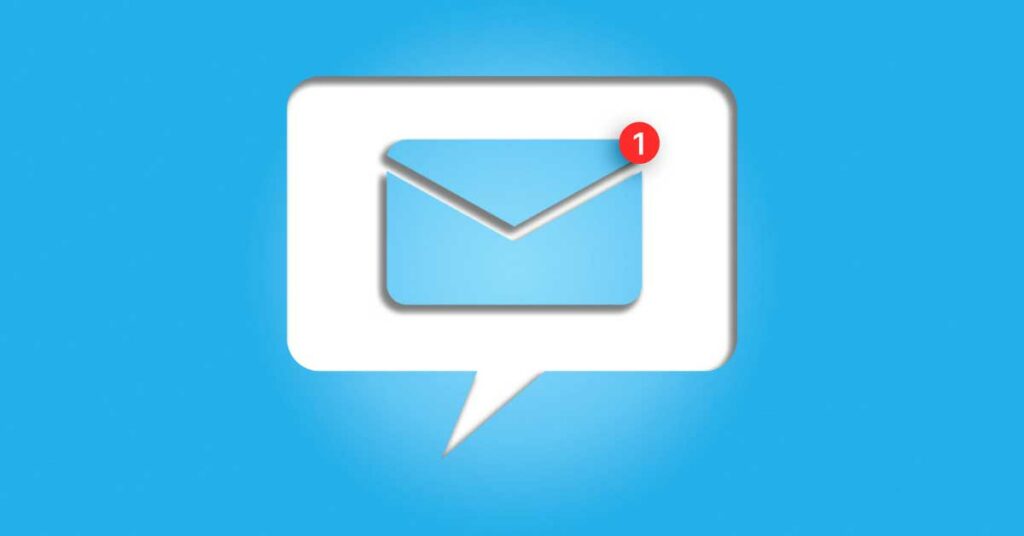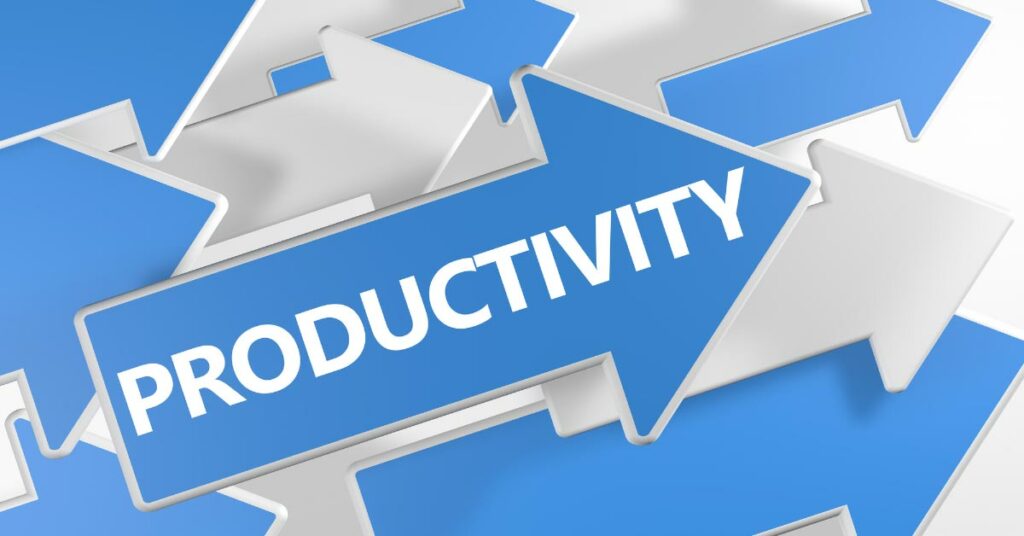Best Practices for Email Inbox Management
The inbox is often the first battleground of the day and, for the procrastinator, knowing the email inbox management best practices marks the difference between constantly sidetracking from the urgent to accomplishing daily tasks.
In this latest episode of the Bootstrappers for Entrepreneurs podcast, we explore the perplexities of email anxiety, providing strategies for streamlined inbox control and fortifying your cyber fort against the perpetual war on unread emails.
Gwenn and Jeremy, who navigate this topic with different experiences, share valuable lessons and strategies for fellow procrastinators.

Understanding Email Anxiety
Does the mere thought of your email flooding trigger a subtle but undeniable pang of dread?
Email anxiety is a real beast, a byproduct of the digital age that can leave 9-to-5 warriors quaking in their ergonomic chairs. We’ll wield the sword of understanding to first slay this beast.
What is Email Anxiety?
It’s that deep sensation that the incoming tide of your email flooding will consume you. But fear not, fellow procrastinator, for there are methods to stem this tide.
Understanding and confronting email anxiety is the first step, but actionable strategies are the setting upon which productivity is built.
Streamlining Your Email Workflow
Imagine an inbox that serves you, where emails do not pile in digital purgatory but are promptly dealt with, filed, or dispatched into the ether.
This vision is attainable through the implementation of the best practices for email inbox management.
Prioritize with Precision
Begin each day by identifying emails that demand immediate attention and those that can wait. Use flags, stars, or custom labels to mark these priorities.
This initial sorting process provides clarity and prevents vital communications from slipping through the cracks.

The Power of Scheduled Checking
Resist the urge of constant email checking. Instead, schedule specific times for email management.
This approach reduces distractions, allowing a deeper focus on tasks that drive your goals forward.
Inbox Zero: A Myth?
Inbox Zero might seem like a mythical land to many, but it’s a practical strategy grounded in the mantra of touching each email once.
Take decisive action such as responding, deleting, forwarding, or filing each email. This method prevents the buildup of emails and reduces overall time spent in your inbox.
Strategies for Email Management
The key to incorporating email inbox management best practices like a pro is implementing effective and sustainable strategies, even for the perpetual procrastinator.
Setting Boundaries with Email
Learn the art of saying no to email flooding incessant demands by setting designated check times. We’ll show you how this simple premise can revolutionize your working day.

Harnessing Technology to Your Advantage
Email management tools and extensions can be game-changers, automating processes that traditionally consume chunks of your precious time.
Services like filters, automated rules, and AI-driven assistants can make this world your reality. By investing a small amount of time in setting up these tools, you can save countless hours.
Building a Routine that Sticks
Building a routine around your newly implemented email inbox management best practices ensures they become second nature. Start small, with ten minutes at the beginning and end of your day dedicated solely to email.
The goal is to create a sustainable routine that doesn’t feel like a chore but a productive punctuation to your day. Making these strategies a fundamental part of your workflow will not reclaim hours of your week.
Email Managing Expectations
We’ll showcase the quiet powerhouse email managing strategies, helping you not only set expectations but also secure breathing room in your day.
The Zen of Email Unsubscription
In our quest to conquer the inbox, one often overlooked strategy is the art of unsubscribing. It may seem counterintuitive, but reducing the volume of incoming emails is a significant step toward regaining control.
Think of your inbox as prime real estate; only the most helpful, joyful, and necessary communications deserve a spot.
Crafting Personalized Templates
One of the hidden treasures of efficient email inbox management best practices lies in the strategic use of templates.
Crafting and utilizing a set of personalized templates can dramatically reduce the time and effort it takes to respond to common inquiries.
Tailoring these templates to reflect your voice and the specific needs of your correspondents ensures that the efficiency gained does not come at the expense of personal touch.

The Folder Fallacy: Re-Thinking Email Organization
Folders are often like a library, organized but rarely visited. Transitioning from the traditional method of manually sorting emails into folders to relying on smart search capabilities can significantly enhance efficiency.
Modern email platforms are equipped with powerful search functions that can easily locate emails based on a variety of criteria—be it sender, date, content, or attachments.
Tackling Procrastination and Emotional Management
To truly conquer the email beast, we must address the twin devils of procrastination and emotional management that often sabotage our email efforts.
Cultivating Emotional Resilience
The path to inbox mastery is not just about adopting new tools or techniques; it’s also about cultivating emotional resilience.
The constant barrage of your email flooding can evoke a range of emotions, from the anxiety of dealing with difficult messages to the frustration of feeling overwhelmed. It’s here that emotional agility becomes crucial.
Understanding Your Emotional Triggers
Begin by identifying the emotions that arise as you go through your emails. Is it anxiety over a possible conflict, dread of additional tasks, or perhaps frustration at the lack of progress?
Recognizing these emotional triggers is the first step toward managing them effectively.
Practical Tactics for Emotional Management
Once you’re aware of your triggers, implement strategies to mitigate their impact.
This might include setting aside emails that evoke strong emotions until you’re in a better state to deal with them, or perhaps starting with the most challenging messages first to alleviate anxiety.
Another effective strategy is periodic mindfulness exercises, like deep breathing or brief meditation, before and after managing your inbox.

The Procrastination Paradox
Starting with the Easiest Task
Begin by tackling the most straightforward emails first. These could be emails that require a simple acknowledgment or those that can be quickly archived or deleted.
The act of clearing these emails from your inbox can provide an instant boost of motivation, propelling you to handle more complex emails with increased confidence.
Leveraging the Two-Minute Rule
A practical technique to maintain momentum is the application of the two-minute rule. If a task, such as responding to an email, can be completed in two minutes or less, do it immediately.
This strategy prevents small tasks from piling up and becoming a source of stress, keeping your inbox and your mind clearer.
The Role of Reward in Email Management
Introducing a reward system for managing your emails effectively can significantly enhance your motivation. Set goals for your email management, like achieving Inbox Zero or handling all high-priority emails within a day, and reward yourself for meeting these milestones.
Rewards could range from a short break to treat yourself to coffee, or even allocating time to a hobby you enjoy.

Creating an Effective Email Policy
Beyond personal strategies, we’ll explore the realm of corporate email policy, both the bane and boon for organizational email quagmires.
Implementing Company-Wide Email Etiquette
Establishing a set of company-wide email etiquette rules is essential. These guidelines serve to streamline communication and maintain professionalism and respect among colleagues.
By setting clear expectations on response times, appropriate use of CC and BCC, and the importance of concise and relevant content, businesses can significantly improve productivity and reduce email-related stress.
Crafting Clear, Concise Emails
Educating employees on crafting clear and concise emails can drastically decrease the time spent reading and responding to emails.
This includes the strategic use of subject lines that accurately reflect the content and urgency of the message, as well as an emphasis on brevity and the prioritization of key points.
Encouraging Alternative Forms of Communication
Another pivotal strategy is to promote the use of alternative communication tools for internal dialogue, such as instant messaging platforms or project management systems.
These alternatives can often provide more immediate and efficient ways to share information, ask quick questions, or collaborate on tasks without adding to the email load.
By fostering an environment that values clear, efficient communication and recognizing the proper context for email versus other communication tools, companies can alleviate the burden of overloaded inboxes.

Leveraging Team Collaboration for Email Efficiency
In our quest to dominate our inboxes, we often overlook a critical ally—our team. A collaborative approach to email management not only disperses the workload but also heightens collective efficiency.
By assigning specific email domains or subjects to team members who excel in those areas, you ensure that responses are not only swift but also come from the most knowledgeable source.
Streamlining Communication with Shared Inboxes
Shared inboxes can be a game-changer, transforming a chaotic flood of emails into a streamlined flow of task-oriented correspondence.
Tools that enable shared access to emails ensure that no message goes unnoticed and that the most appropriate member of the team can address it promptly.
This method reduces duplication of efforts and ensures a cohesive response strategy, crucial for customer-facing teams.
The Art of Delegation
Effective email inbox management best practices often come down to the art of delegation. By entrusting tasks or responses to capable team members, leaders can focus on the emails that require their direct attention.
Establishing clear guidelines on delegation, including when and how to escalate issues, ensures smooth operation and prevents any single inbox from becoming a bottleneck.
Crafting Your Personal Email Manifesto
We encourage the formulation of your email management principles, aligning with your workflow and personal preferences.
It’s time to herald a new dawn of email management, one not dictated by the whims of the virtual postman but orchestrated with empowering intent.
Weaving through the hallowed halls of digital best practices, we have shown that even the most inveterate procrastinator can emerge victorious in the battle against the inbox.
The key, as always, lies in awareness, discipline, and the unyielding spirit to conquer the tasks that tend to linger in the digital shadows.
Are you tired of hitting roadblocks while growing your business?
Break free from the cycle of stress with tips on overcoming obstacles like bad emails and outdated sales structures.
Join Gwenn & Jeremy as they discuss scaling challenges faced by entrepreneurs on the latest episode of Bootstrappers for Entrepreneurs.
Learn how to navigate people-related drama & optimize recruitment for successful scaling. Scaling is a rollercoaster, but with the right strategies, you can thrive.
Click here for the ultimate guide to successful projects.
See how Anequim’s virtual remote assistants are the solution to scaling your business.